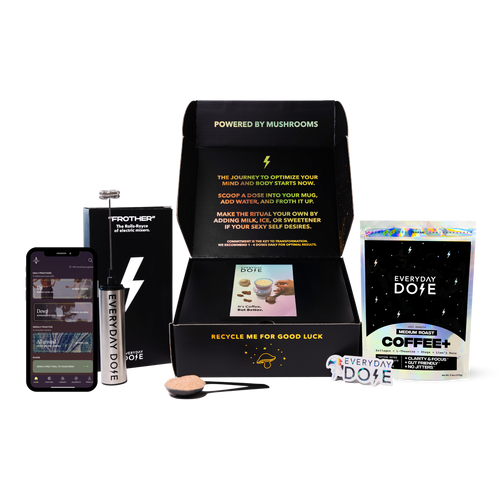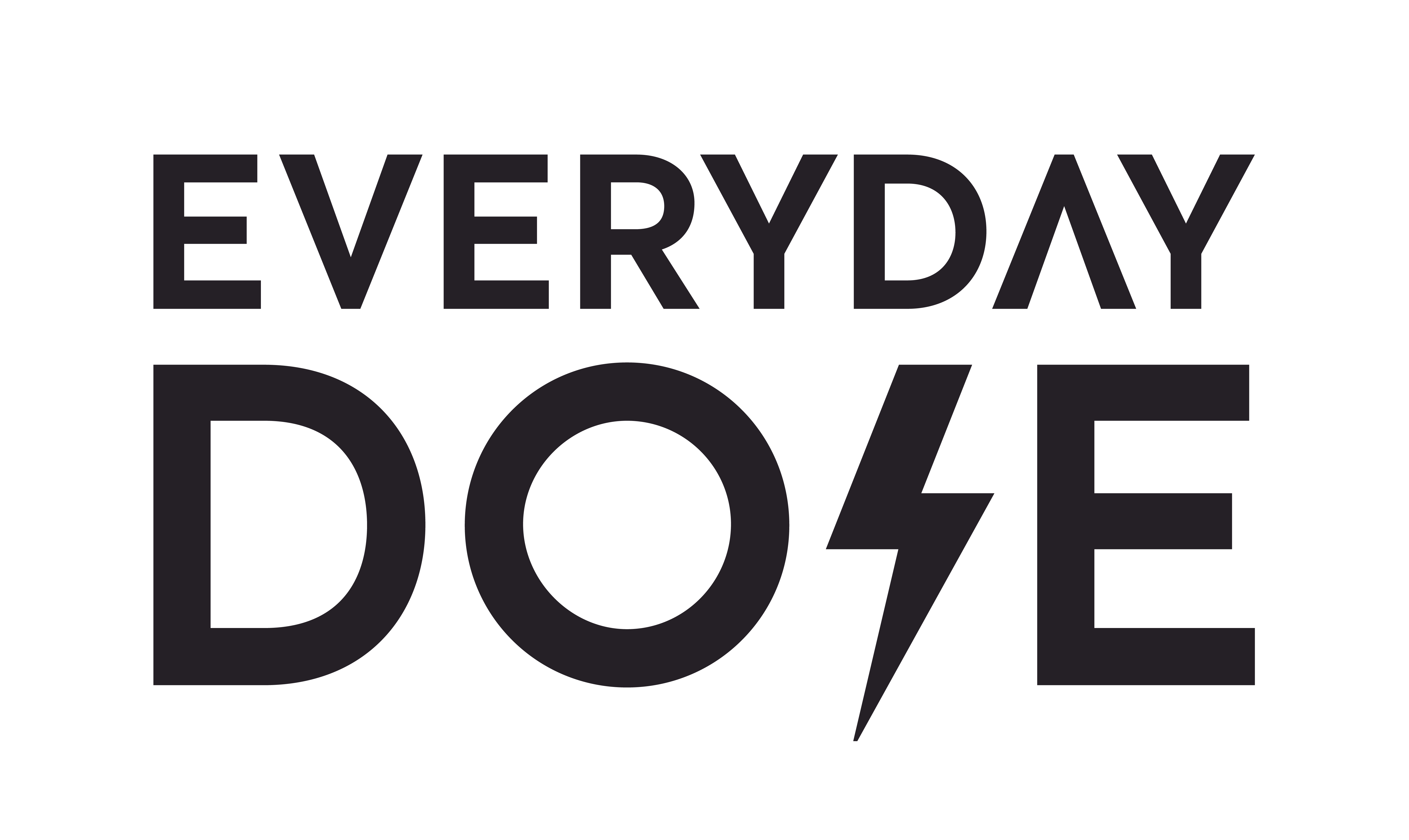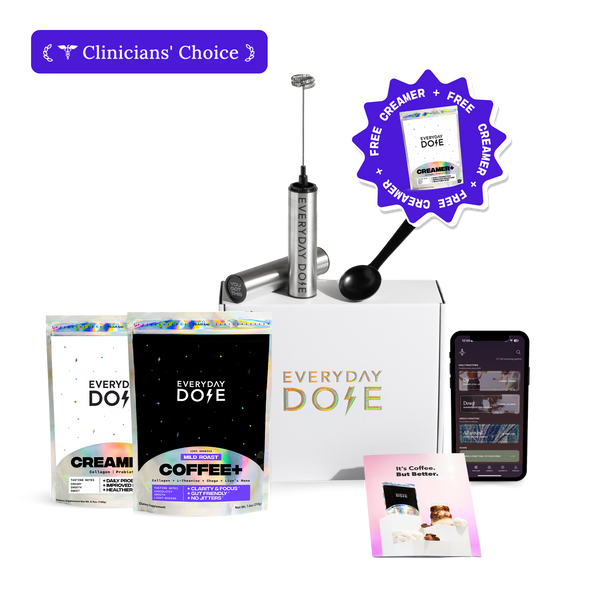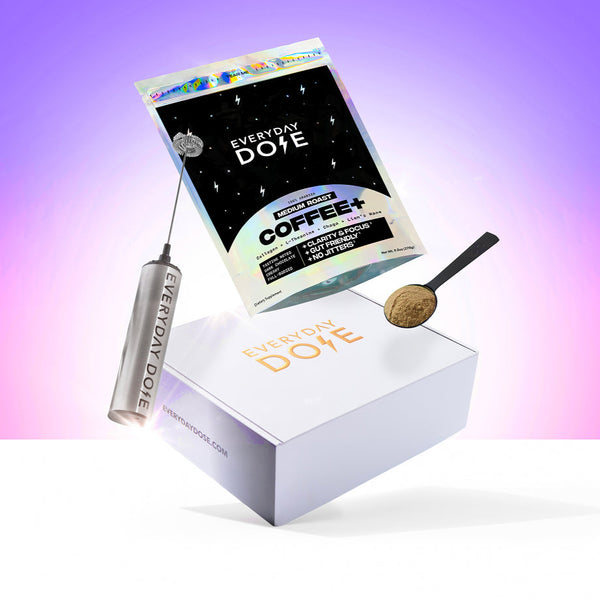Does Coffee Have Heavy Metals? How To Choose Clean Coffee

If you thought the most dangerous thing about your morning coffee was accidentally sipping it before it cooled down — surprise! Coffee, like many plants, can sometimes contain trace amounts of heavy metals.
Now, before you panic and start eyeing your latte like it’s toxic waste, take a breath. The truth is, the presence of heavy metals in coffee isn’t as shocking as it sounds, and for most people, it’s not a deal-breaker. Heavy metals sneak into lots of foods, and coffee just happens to be one of them.
Thankfully, most research shows that the amounts are very low and usually nothing to lose sleep over (if you choose the right brand). Still, understanding what’s really in your cup helps you make smarter choices. Here’s how to choose clean coffee so that you can sip worry-free.
What Are Heavy Metals?
Heavy metals are naturally occurring elements that show up in our environment, and sometimes, in our food and drinks. You’ve probably heard of some of the usual suspects like lead, cadmium, arsenic, and mercury. Basically, they’re not the kind of minerals you want sprinkled over your breakfast.
While trace amounts of certain metals are harmless (and some, like iron and zinc, are actually essential for your health), others can build up in the body if consumed in large quantities over time.
This build-up may lead to health issues, especially in vulnerable groups like children, pregnant people, or anyone already dealing with high exposure from other sources. The phrase “heavy metals” tends to sound scarier than it needs to be, but really, it’s all about the levels in your body.
How Do Heavy Metals Get Into Coffee?
Coffee beans don’t exactly invite heavy metals, but these elements often show up anyway. The biggest culprit is the soil where the coffee is grown.
If the soil naturally contains trace elements like lead or cadmium (or if it has been impacted by pollution, industrial activity, or even volcanic activity), the coffee plant absorbs them as it grows. Irrigation water and fertilizers can also play a role, introducing contaminants that eventually find their way into the beans.
Then there’s processing. Drying, roasting, or even packaging can sometimes contribute tiny amounts of heavy metals. Basically, heavy metals can be found at every step of the journey, from bean to brew.
Which Heavy Metals Are Most Commonly Found in Coffee?
When scientists test coffee, the most commonly detected metals are lead, cadmium, and arsenic.
- Lead : This metal is infamous for its role in old paint, but it also lurks in soil worldwide.
- Cadmium : This metal comes from natural mineral deposits and sometimes from fertilizers.
- Arsenic : This metal can be absorbed from contaminated water or volcanic soils.
- Nickel : This metal occasionally shows up as well, though usually in very tiny amounts.
Importantly, most studies agree that these metals are present in trace amounts. They are measured in parts per billion, not spoonfuls. Basically, if coffee were a soup, the heavy metals would be like a single grain of salt in the whole pot. Still, knowing which ones show up most often helps you understand what researchers are looking for when they run safety tests.
Should You Be Worried About Heavy Metals in Coffee?
For the average coffee drinker, the levels of heavy metals found in coffee are well below what regulators like the FDA and WHO consider unsafe. Studies repeatedly show that most cups fall within safe daily intake limits, especially if coffee isn’t your only food source.
That said, heavy metals are cumulative, meaning small exposures add up over time. This matters more if you’re already getting exposure from other foods (think rice, fish, or certain veggies). Basically, a few heavy metals in your coffee might not sound like a big deal, and maybe it isn’t — but when you’re also getting heavy metals from your water and food all day long, it starts to feel a little more concerning.
Vulnerable groups, like pregnant people or young children, should also be more cautious. Exposure to heavy metals like lead, cadmium, or arsenic can also cause health issues if levels build up over time.
Possible side effects include fatigue, digestive problems, kidney or liver strain, and developmental concerns in children. Long-term exposure may also increase risks of neurological problems and weakened immune function.
How Can You Choose Clean Coffee?
The easiest way to lower your exposure to heavy metals in coffee is to buy from brands that prioritize third-party testing. Reputable companies test for contaminants to ensure what’s in your mug is clean.
Everyday Dose, for example, goes the extra mile by third-party testing our Mushroom Coffee+ not only for heavy metals but also for allergens, beta-glucans, mold, and mycotoxins. We also release all of our lab test results to the public, so you can always check to make sure our products fall within your standards before purchasing.
Plus, it’s packed with functional ingredients like collagen and adaptogenic mushrooms for added benefits. With our blends, you can feel benefits like steady energy, gut support, and focus without the crash of regular coffee. And you can do it all without worrying about adding to your body’s overall toxic load.
The Bottom Line
Yes, coffee can contain trace amounts of heavy metals, but the science says the levels are usually too low to be harmful for most people. The real takeaway is that it’s about being informed and choosing smarter options when you can.
Everyday Dose makes it easy to enjoy your morning ritual without second-guessing what’s in your cup. To start enjoying stress-free cups of morning coffee, check out our collection today.
Sources:
Toxicity, mechanism and health effects of some heavy metals | PMC
Start your day
The Right Way









